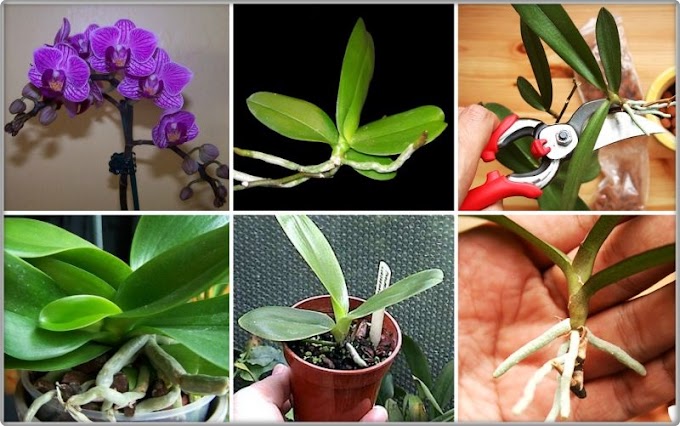Aloe suprafoliata Pole-Evans
Common Names
Book Aloe, Mustache Aloe
Scientific Classification
Family: Xanthorrhoeaceae
Subfamily: Asphodeloideae
Genus: Aloe
Description
Aloe suprafoliata is a stemless or short-stemmed Aloe, unique in that its growth habit changes as it ages. For a long period of time during this plants juvenile phase the leaves of the plant are distichous or stacked in two rows that parallel each other but as the plant matures the leaves radiate out and develop into in the typical rosettes.
The tapering succulent leaves are up to 16 inches (40 cm) long, armed with small teeth along the edges. In less intense sunlight the leaves are blue-green, but in bright conditions they become a milky blue-gray color.
In the dry winter conditions prevailing in its native habitat, it is often tinted reddish-brown on the outside of the rosette. The inflorescence of is not branched, but plants can produce up to 6 or more stalks from one rosette, rising up to 3.3 feet (1 m).
Even before the flowers open they are attractive, with cylindrical pinkish-red buds tipped in slate gray or purplish gray. The buds are upward-pointing, but as the flowers mature they pivot downward, then pointing back up again as they pass maturity, so that the seed pods are held erectly. The flowers are slender and quite long, up to 2 inches (5 cm).
Hardiness
USDA hardiness zone 9a to 11b: from 20 °F (−6.7 °C) to 50 °F (+10 °C).
How to Grow and Care
Aloe is a very forgiving plant, and a well-grown plant can be quite beautiful. As with all succulents, it’s essential that Aloe is never allowed to sit in stagnant water, and the plant should be carefully monitored to watch for signs of overwatering. Water generously in the summer and nearly cease watering in the winter. Do not let water stand in the rosettes.
Aloe are not particularly fast-growing and will only rarely need repotting. Repot plants in the spring that are tipping over their pots or have ceased growing. Use a fast-draining potting mix with one-third sand or pebbles. During repotting of a larger plant, it is possible to carefully divide the root ball. Some kinds of Aloe will send off off-sets that can be potted independently… – See more at: How to Grow and Care for Aloe
Origin
Native to South Africa.
Subspecies, Varieties, Forms, Cultivars and Hybrids
Aloe ‘Blue Sky’
Links
Back to genus Aloe
Succulentopedia: Browse succulents by Scientific Name, Common Name, Genus, Family, USDA Hardiness Zone, Origin, or cacti by Genus
PHOTO GALLERY
 |
|
 |
| Photo via picssr.com |





